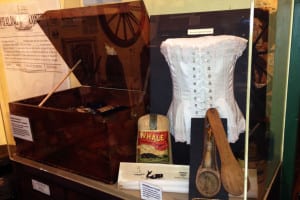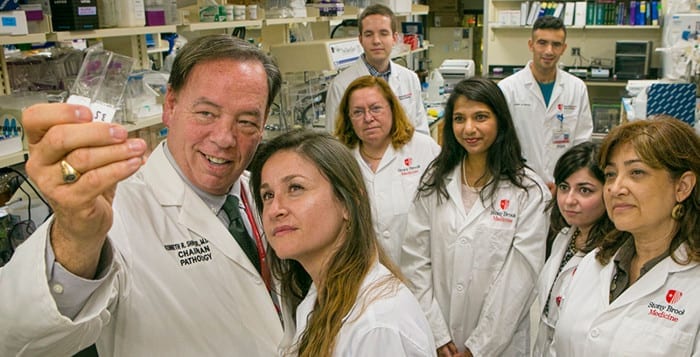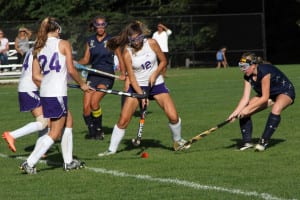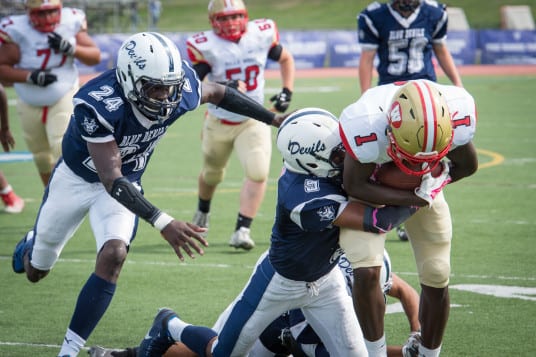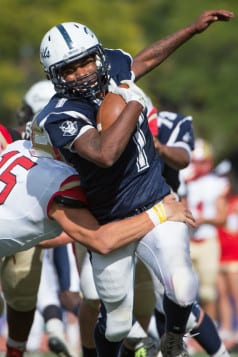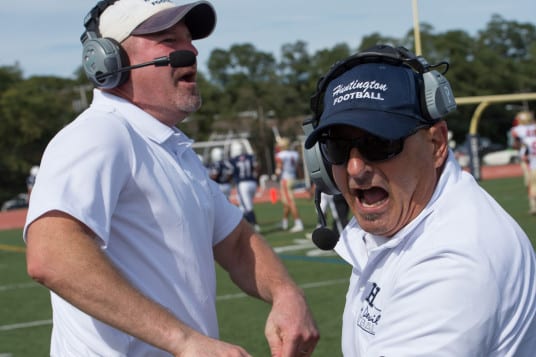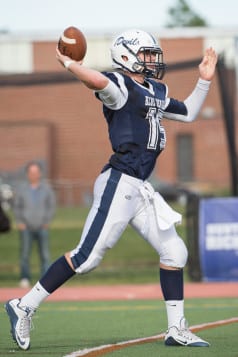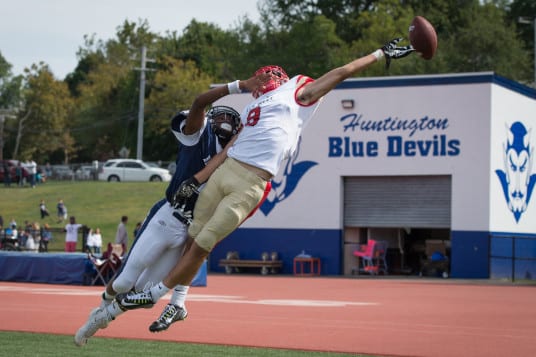Luisa Escobar-Hoyos found, checked and rechecked something so remarkable that she wanted to share it. Her work, which had taken two and a half years to complete, had defied conventional wisdom when she discovered the unexpected role of an enemy most thought of as a bystander in the cancer battle.
When she and her lab director, Dr. Kenneth Shroyer, head of the Department of Pharmacology at Stony Brook University, sent the paper off to publications to share what they’d learned, they received almost immediate rejections.
“We knew we had a good story,” Escobar-Hoyos recalled, “and we kept pursuing it.”
Indeed, Escobar-Hoyos and Shroyer submitted their results to Cancer Research, where they published their findings in the Sept. 1 issue.
Escobar-Hoyos focused on keratin 17, which is a part of a class of 54 proteins in the keratin family. Keratin 17 is not normally present in mature epithelia. It is expressed during embryologic development and in some immature cell types, including stem cells within normal hair follicles and in nail beds and in cells that are putative stem cells within the cervical mucosa, Shroyer said.
Scientists had long considered keratin 17 to play a supportive structural role, serving like a tent pole outside the cell, away from the genetic machinery in the nucleus that acts as a controller for the cell’s fate.
As it turns out, however, this protein, which is normally in the off state, can become a party crasher in cancer cells in the nucleus, entering this critical region and dragging the tumor suppressor protein p27 into the cytoplasm, where it is degraded. This action disrupts the work of a regulator of organized cell division and growth.
Yusuf Hannun, the director of the Cancer Center at Stony Brook University, called this a “very exciting development” and suggested this was a “surprising role” for keratin 17, which is “likely to be a key player in the pathogenesis of cancer.”
Scientists generally believed keratins provided structural and mechanical support within the cytoplasm. Another group of researchers, led by Pierre Coulombe at Johns Hopkins University, discovered that nuclear K17 can regulate gene expression in skin cancer cells. Nature Genetics accepted Coulombe’s paper less than a month after the work of Shroyer and Escobar-Hoyos, and provided “important cross-validation of our discovery that nuclear K17 can impact the biologic properties of cancer cells.”
The only one of the class of keratins that Shroyer is aware has the ability to enter the nucleus, keratin 17 somehow becomes more abundant in some forms of cancer.
“We suspect that there is a molecular switch or other molecular events that turn on the expression of K17,” Shroyer said. “We have not yet explored all the potential actions that K17 may have, once it enters the nucleus.”
Led by Danielle Fassler, an M.D./Ph.D. student, Shroyer’s lab is studying what increases productions of this protein.
Shroyer and Escobar-Hoyos are also looking for ways to inhibit K17 function inside the nucleus. Based on the research conducted by Shroyer and Escobar-Hoyos, Stony Brook has recently signed a licensing agreement with OncoGenesis, a biotechnology company that plans to use K17 as a diagnostic marker rather than a therapeutic target.
The company plans to incorporate it in a panel for a new cervical cancer screening device. The scientific duo will give three talks at an upcoming human papilloma virus meeting in Lisbon, Portugal.
Shroyer is inspired by the results in the paper and by the determination of Escobar-Hoyos, a Fulbright Scholarship winner who will complete her Ph.D. thesis in November and will begin a postdoctoral research program at Memorial Sloan Kettering next February.
“It’s definitely the most complex paper that has ever come out of my lab,” Shroyer said.
“The fact that she was able to track down with such precision exactly how K17 targets p27 was really extraordinary.”
Shroyer and Escobar-Hoyos will continue to work together after she completes her Ph.D. Escobar-Hoyos is training Fassler to do some of the work. She also plans to come to Stony Brook at least once a month and potentially more than that.
“I have seen [Escobar-Hoyos] present her work and we are all very proud of her,” added Hannun.
Escobar-Hoyos, who lives in Riverhead, said she feels at home on Long Island, where she and her husband Nicolas Hernandez, who was also a Fulbright scholar, go kayaking on Peconic Lake.
When she was in college in Colombia, Escobar-Hoyos knew she wanted to become a scientist. She also knew she wanted to study cancer and, once she started her graduate career, perform research that might have a clinical benefit.
“I wanted to have a role as a young scientist in this disease,” she said. “Now, I want to understand it and be able to diagnose it earlier and cure it.”
When she conducted her research on K17, she knew she had to overcome some resistance.
“People would disregard keratins” in the nucleus because “they are so sticky,” she said. “They wanted to focus on the other, more interesting parts.”
Escobar-Hoyos appreciated the consistent help from Shroyer and said Shroyer was “always supportive as a mentor.”



